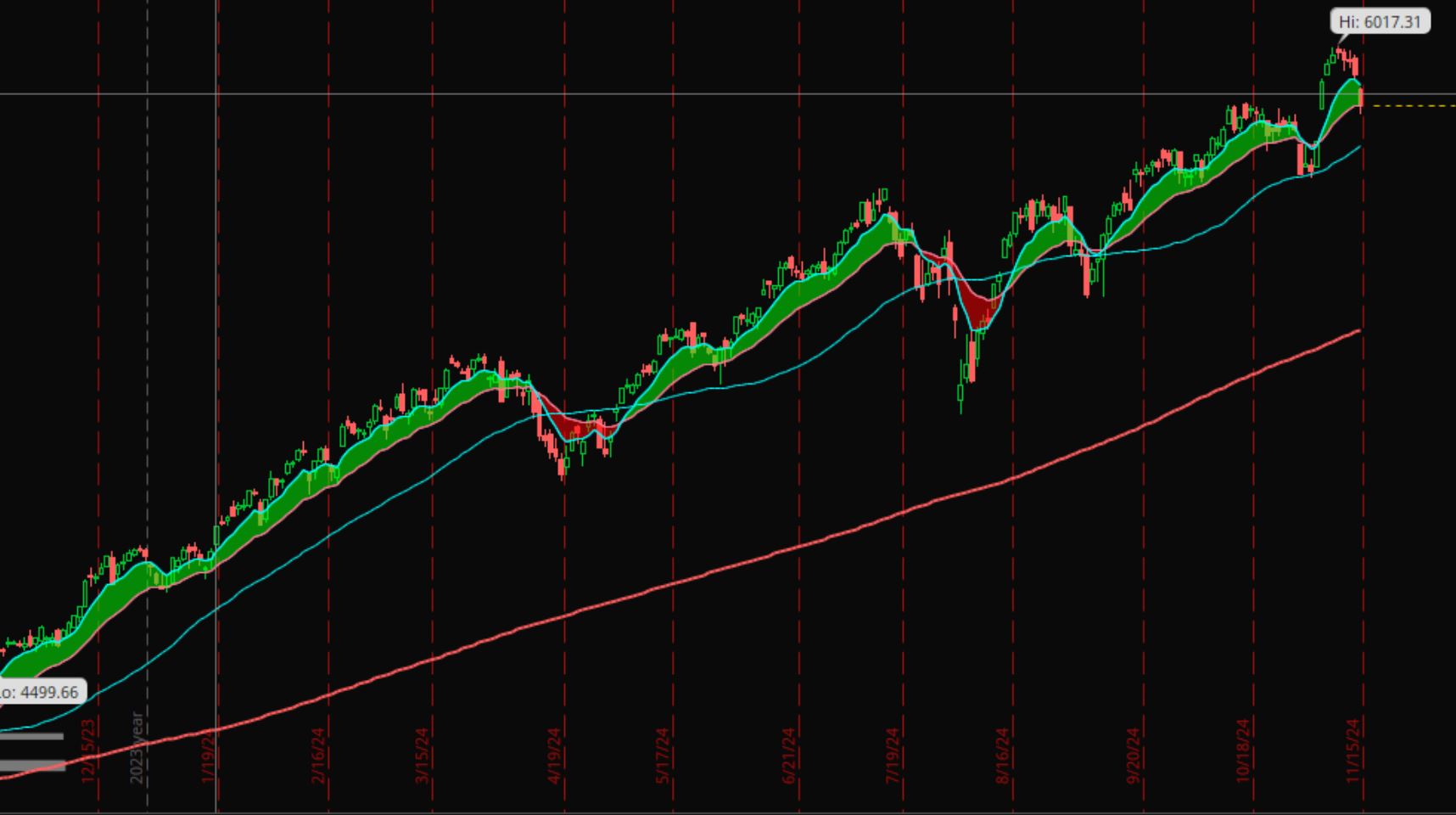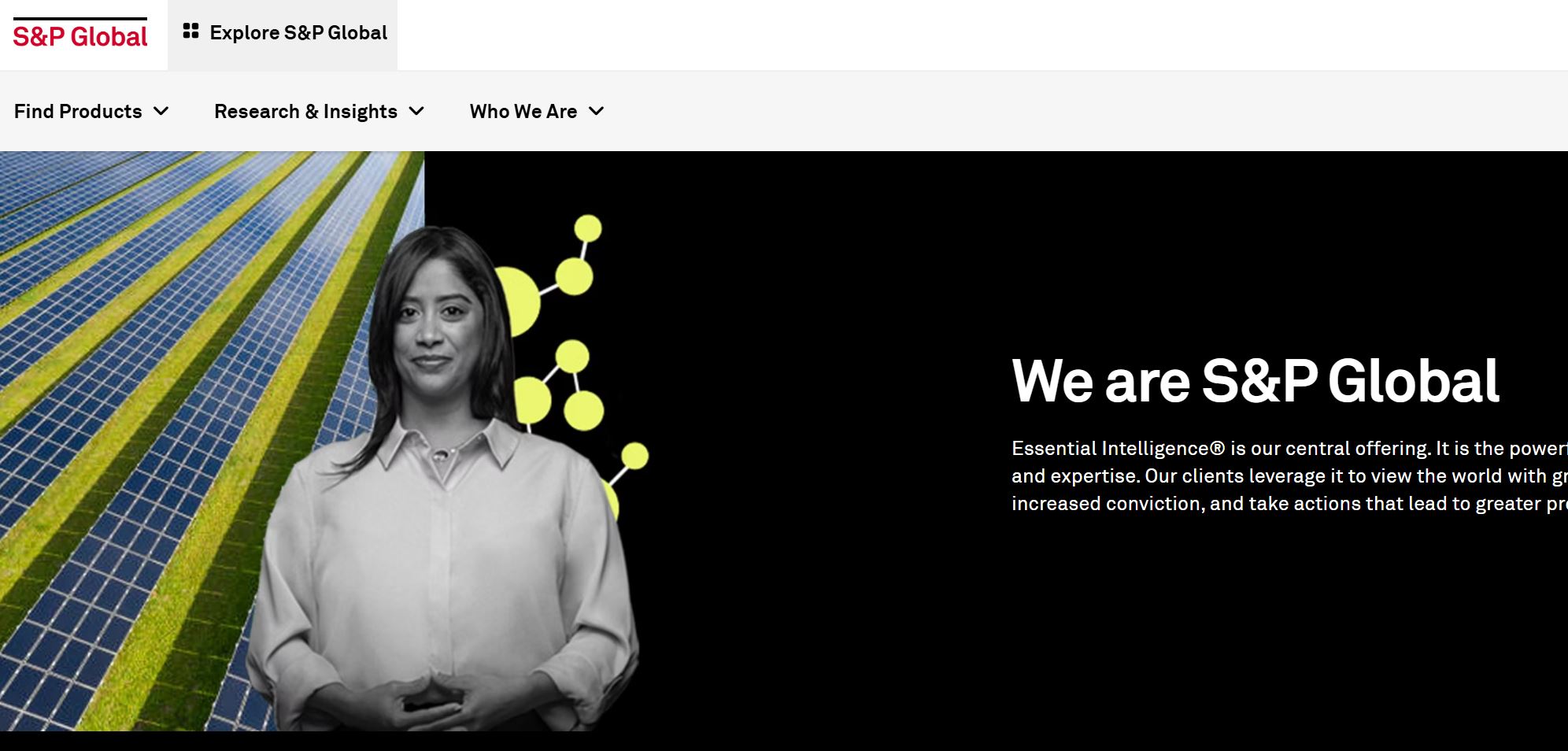Long-term investing requires more than just patience—it demands advanced strategies that go beyond the basics. By leveraging deeper financial insights, understanding competitive advantages, and aligning with macroeconomic trends, investors can enhance their decision-making. This chapter explores key techniques such as analyzing advanced financial ratios, evaluating moats, and using options strategies, as well as addressing tax efficiency and the impact of shareholder dilution. These tools empower investors to build a more robust and informed approach to long-term wealth creation.
1. Leveraging Financial Ratios for Deeper Insights
To analyze a company beyond basic metrics like P/E, ROIC, or ROE, consider these advanced ratios:
- Debt-to-Equity (D/E) Ratio: Measures leverage. A lower ratio indicates a conservative capital structure.
- Debt-to-EBITDA: Assesses a company’s ability to pay off debt relative to its earnings. Lower values suggest lower financial risk.
- Interest Expense-to-Operating Cash Flow: Evaluates whether a company’s cash flow can comfortably cover its interest payments.
- Price-to-Free Cash Flow (P/FCF): Compares the company’s stock price to its free cash flow per share.
Why It Matters: Free cash flow reflects the company’s true financial health by showing cash available after operating and capital expenses. A lower P/FCF ratio suggests the stock is undervalued relative to its ability to generate cash.
Key Insight: These ratios provide deeper insights into a company’s financial stability, operational efficiency, and valuation. Use them collectively for a well-rounded analysis.
2. Assessing the Company’s Moat
A company’s moat represents its ability to sustain a competitive edge over time. Key types of moats include:
a. Brand Loyalty and Pricing Power
- Example: Apple, Coca-Cola.
- What to Look For: Consistent revenue growth and gross margins above industry averages.
b. High Barriers to Entry
- Example: Lockheed Martin, TSMC.
- What to Look For: Stable market share and limited competition.
c. High Customer Switching Costs
- Example: Microsoft Office, Intuit TurboTax.
- What to Look For: High retention rates and recurring revenue.
d. Network Effect
- Example: Meta, Visa.
- What to Look For: Rapid user base growth, dominant market share, low churn rates.
e. Economies of Scale That Give a Cost Advantage
- Example: Amazon.
- What to Look For: Improving margins as revenue scales and cost efficiencies.
Key Takeaway: Companies with multiple moats are highly attractive for long-term investments. Compare their strengths against industry peers.
3. Sector and Macro Trends
Invest in companies aligned with long-term trends. For example:
- Renewable Energy: Companies transitioning to clean energy.
- Aging Populations: Healthcare and pharmaceutical sectors.
Research sectors expected to grow over the next decade for opportunities.
4. Options Strategies for Long-Term Investors
Options can enhance returns with reduced risk when used strategically:
- Selling Covered Calls: Generate income on stocks you own.
- Selling Cash-Secured Puts: Buy desired stocks at lower prices.
These conservative strategies complement long-term portfolios.
5. The Role of Dividends in Total Return
Dividend-paying stocks can provide income and stability:
- Dividend Growth Rate: Consistent increases signal financial health.
- Payout Ratio: Avoid companies paying more than 60-70% of earnings.
- Reinvestment: Dividend reinvestment plans (DRIPs) amplify compounding.
Important Consideration for Non-Residents:
For non-residents of the U.S., dividends may not be as advantageous due to the 30% tax withholding rate on dividends, which can significantly reduce the effective return on investment. Non-residents should carefully evaluate the tax implications before prioritizing dividend-paying stocks in their portfolio.
6. Tax Efficiency in Investing
Taxes can eat into your returns if not managed carefully. Consider:
- Holding investments in tax-advantaged accounts: Accounts like IRAs or 401(k)s in the U.S. allow tax-deferred or tax-free growth.
- Prioritizing long-term capital gains: Long-term gains are taxed at a lower rate compared to short-term gains.
- Using ETFs for lower turnover: ETFs are more tax-efficient than mutual funds due to their unique structure.
Important Note for International Investors:
Programs like IRAs or 401(k)s may not be available in countries outside the U.S. Investors should research local tax-advantaged investment options and plan accordingly.
7. Dilution and Shareholder Impact
Changes in a company’s share structure directly impact investor returns:
- Outstanding Shares: Watch for increases in share count, as this dilutes ownership.
- Example: If shares rise from 100M to 110M, your ownership percentage drops.
- Share Buybacks: Companies reducing their share count increase ownership per share—ensure buybacks occur at reasonable valuations.
- Stock-Based Compensation (SBC): While useful for attracting talent, excessive SBC dilutes shareholder value.
Rule of Thumb: Scrutinize companies where SBC forms a significant percentage of expenses.
Mastering advanced strategies for long-term investing allows investors to uncover hidden opportunities and avoid costly mistakes. From evaluating financial health with sophisticated ratios to identifying companies with sustainable moats and aligning investments with macro trends, each tool contributes to building a stronger portfolio. By understanding the nuances of dividends, taxes, and shareholder impact, investors can maximize their returns while minimizing risks. The ultimate goal is to create a portfolio that not only grows steadily but also withstands the test of time.












Leave a Reply